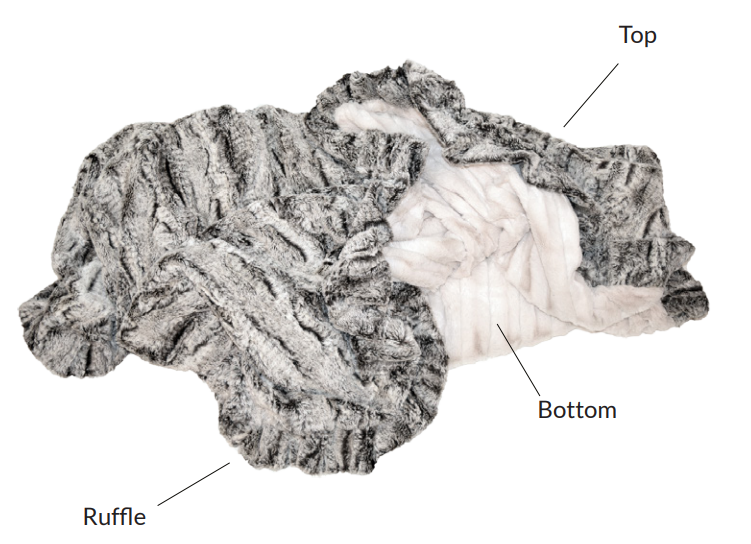Do dogs dream?
In mysticism, science and everyday life, dreams are invariable in the fascination they inspire. Thanks to research, we now have a better understanding of sleep and its physiological underpinnings, but existential questions still abound. When it comes to animals, especially our cuddly canine friends, the same wonderment arises.
Do dogs dream? Rat research, which is widely established for the animal's physiological similarity to humans, shows that the brain wave patterns observed in sleeping rodents follow similar patterns as in humans. Studies show that sleeping rat brain activity evidence involvement of the same neural areas recruited as when the rats were completing mazes in awake states. In other words, the sleeping rats were recalling the events of the day, activating the same brain areas during both conscious and unconscious states. These findings suggest that these animals do indeed dream. These insights are also applicable to dogs, which have more complex brains than rats and cerebral structures comparable to humans
Do dogs dream visually? Many dog owners report seeing their pets barking or twitching during their sleep. These dream derived reactions suggest that canine do indeed dream visually. In following that hunch, scientists have investigated the topic further, manipulating parts of the brain integral to Rapid Eye Movement Sleep (dream state.) They found that if a cat's brain stem is inhibited, such that it no longer performs its paralyzing functions, the animal will act out its dream. Similar findings were observed with dogs. Indeed, the brain stem in humans and in animals limits motor functions during sleep as an adaptive mechanism (bad things would happen if we acted out our dreams.) Studies manipulating this area in animals thus show that our pets do dream visually.
Are dogs conscious of their dreams? There is increasing evidence showing that dogs experience emotions and can anticipate reward. FMRI studies suggest that the caudate nucleus, the area of the brain that lights up when we see something we like, functions the same in dogs as in humans. This brain function not only activates when we see the coveted object, but also when we see something associated with it. For dogs, the area lights up when they see something announcing snack or play time. If they can memorize associations between neutral objects and pleasure, recognize when they're in trouble, demonstrate empathy, and display other higher cognitive functions, is it possible that they are capable of introspection? Are they able to discern between sleep and awake states?
The jury is still out on those more advanced questions. Needless to say, the topic of dogs and dreams continues to evoke interesting questions.
Article written by Melissa Beaulieu.


